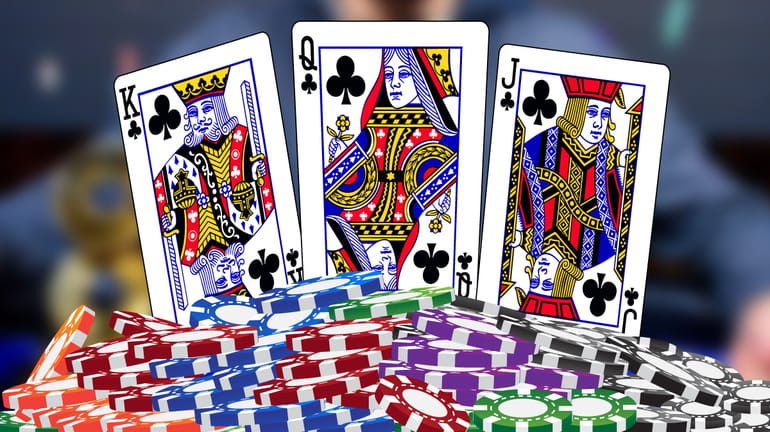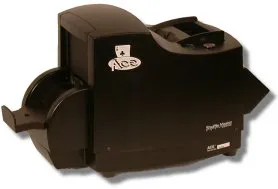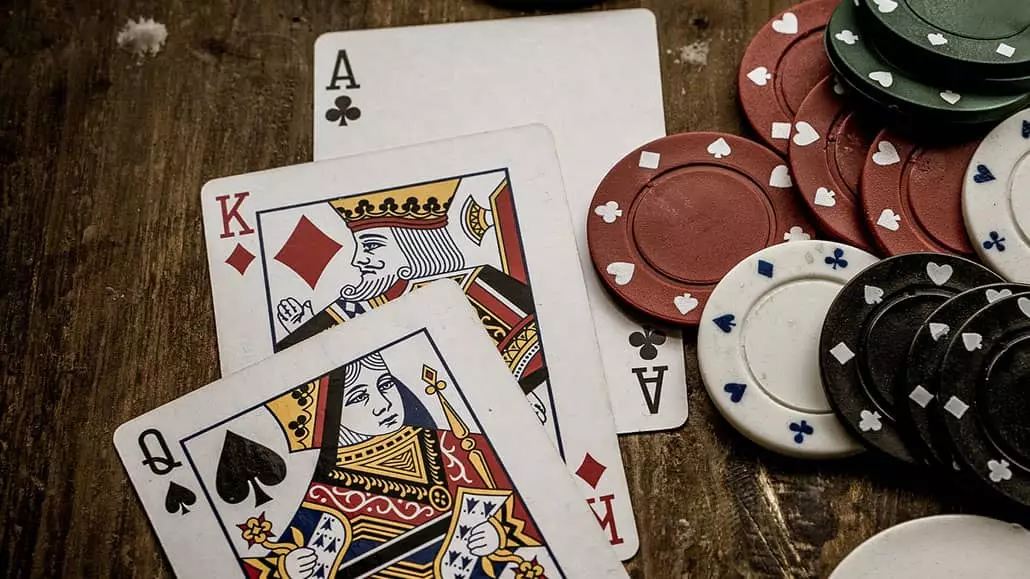3 Card Poker | Proprietary casino games stand as a captivating fusion of entertainment and financial thrill, but hidden within their allure lies a vulnerability that cunning advantage players (APs) have exploited to their advantage. Among these games, “Three Card Poker” has emerged as a veritable goldmine for APs due to a fascinating confluence of factors.

The unassuming dealers, subpar equipment, and lax protocols inadvertently lead to hole-card exposure, opening a strategic avenue for APs to harness. This expose unveils the secrets behind this vulnerability and the strategic prowess wielded by those who recognize it.
Decoding the Edge: Ante/Play Strategy
The heart of the AP’s strategy resides in the Ante/Play component of “Three Card Poker.” Despite the absence of an edge in the “Pair Plus” bet, the main game provides a tangible edge for the AP, thanks to the intriguing dynamics of hole-card exposure. The dealer’s consistent mishandling of their hole-card triggers a fascinating shift in the odds. The typical house edge of 3.373% is supplanted by a striking 3.483% edge favoring the player, fundamentally altering the game’s complexion.
The Art of Seizing Advantage
At its core, the AP’s modus operandi hinges on a deceptively simple approach. The conventional strategy is straightforward: fold hands with a value of Q63 or lower, while making a Play bet on hands ranked Q64 or higher. Yet, when a single card is inadvertently revealed, the strategy evolves remarkably. The final hole-card strategy is astonishingly uncomplicated, rendering it learnable within minutes.
Unveiling the Hole-Card Strategy: A Masterstroke of Precision

The hole-card strategy navigates a matrix of possibilities with surgical precision:
- If the hole-card falls within 2 to J, an affirmative Play bet is warranted.
- When the hole-card features a Queen, a Play bet is justifiable for Q92 or higher, otherwise folding is prudent.
- With a King as the hole-card, a Play bet is warranted for K92 or higher, else folding is the logical move.
- An Ace as the hole-card warrants a Play bet for A92 or higher, with folding as the alternative.
Diverse scenarios are adroitly handled, such as playing QJ5 or higher when an undetermined face card is revealed. This strategic dexterity mirrors the essence of blackjack, emphasizing the need for dealers and pit crews to internalize this approach for heightened vigilance.
A Symphony of Suspicion: Identifying Hole-Carding Aces
Spotting APs engaged in hole-carding becomes a perceptive dance. Observing players who generously invest in the Ante/Play segment while scarcely engaging with the Pair Plus bet raises a flag. Subtle Pair Plus wagers, juxtaposed with substantial main wagers, serve as the camouflage for the AP’s true intent. If a collective of players echoes this behavior, a covert signal may be afoot. Adding to the intrigue, APs exhibiting a penchant for low-ranking hands (below Q) solidify suspicions of hole-card play.
3 Card Poker – Inception of a Vulnerability: The Shuffler’s Role
The enigmatic vulnerability is compounded by the Shuffle Master Ace, a now-infamous shuffling contraption. Its design unwittingly aids hole-card exposure, rendering dealers’ bottom cards inadvertently visible. This shuffler’s configuration unintentionally compromises the game’s security, a stark contrast to blackjack’s guarded traditions.

Shuffle Master’s Redemption: Enter the iDeal Shuffler
Shuffle Master’s iDeal shuffler emerges as the antidote to the vulnerability plaguing “Three Card Poker.” The innovative design, with a cradle residing below table level, ensures that cards ascend discreetly, shielded from prying eyes. This revolutionary shuffler stands as a beacon of hope, transforming the game’s security landscape and redefining the delicate equilibrium between skill and chance.
3 Card Poker – A Gamble with Time: Solutions in Flux
Several attempts to thwart the hole-carding phenomenon have been undertaken, each grappling with unique challenges. While training and enforcing impeccable dealing practices have yielded modest results, equipment-induced exposures persist, offering a tantalizing edge to adept APs.
Two procedural remedies surface:
- Dealers receive their cards only after players finalize their play/fold decisions, ensuring hole-card concealment. This measure eradicates the hole-card problem but introduces a potentially profit-diminishing delay, raising a pivotal question: Is safeguarding profits worth the compromise in speed?
- Exposing all hands, even folded ones, serves as an alternative fix. Staff well-versed in hole-card strategy can discern anomalous plays, unmasking potential APs. However, this approach struggles to counteract hit-and-run tactics employed by APs, leaving vulnerabilities intact.
A Daunting Proposition: Hand Dealing as a Panacea

Several casinos have embraced a daring strategy by reverting to hand dealing, relinquishing the controversial shufflers. Paradoxically, this move has brought both promise and peril. While proper execution offers enhanced security, improperly trained or supervised dealers might inadvertently amplify hole-card exposures.
3 Card Poker – Evolving Paradigms: The Unceasing Battle
“Three Card Poker” encapsulates the evolving saga of game protection for proprietary games. It serves as an emblem of the perpetual duel between ingenuity and safeguarding, with a decade’s worth of challenges continuously shaping the narrative. As the industry advances, the quest for equilibrium persists, underscoring that behind every deal and wager lies a complex tapestry of strategy, chance, and the pursuit of advantage.
<3 Card Poker – How to Play? What Should You Pay Attention to?>



